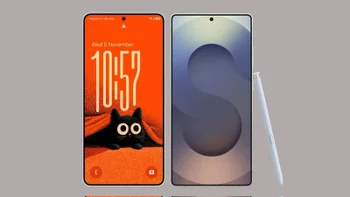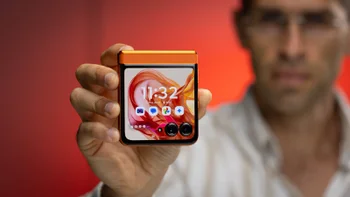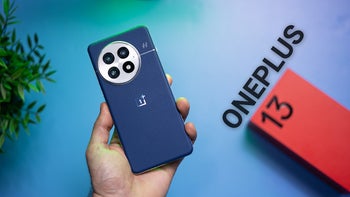New York City bests the US carrier speed charts, see where your state ranks

Hot on the heels of several reports about the network performance of the big US carriers in previous quarters now comes a more specialized one by OpenSignal, the all-important mobile performance in all 50 US states and in major metropolitan markets for the first quarter.
Needless to say, the largest cities in the US don't provide the top speeds that carriers are capable of due to the sheer number of sloths on the branch. Cleveland topped the charts in terms of speed and performance, but NYC and the Tri-state area grabbed the overall top score, followed by LA. The slowest performer was Oklahoma with Buffalo worst overall.
The methodology of OpenSignal doesn't consist of driving around and taking both indoor and outdoor measurements with off-the-shelf smartphones that support the latest available network technologies and speed limits.
It rather relies on crowdsourced data, and adds weighing the report results against the number of subscribers in a given area, so an average performance for the 18 million people in the Tri-state area counts similar to great performance in a more scarcely populated region, hence the NYC top.
You can check out the numbers for your city and state in the OpenSignal charts below, but here are the key findings of the study, with some rather funky results, like Silicon Valley not having the best connections of them all, for instance:
- Opensignal has benchmarked the experience smartphone users receive in every U.S. state and the fifty largest cities immediately prior to 5G’s launch so it’s easy to see to what extent 5G offers an improvement. Carriers will find it hard to sell 5G services unless 5G offers a better mobile network experience.
- Across 50 states the Download Speeds smartphone users experienced ranged from 32.9 Mbps in New Jersey to 12.1 Mbps in Mississippi. The fastest states were a mixture of mid-Atlantic and New England population centers alongside US heartland states Ohio and Minnesota, which ranked 4th and 5th respectively.
- Technology hub cities did not excel when compared with the fifty largest cities: San Francisco, Seattle and Austin ranked in the bottom half of the largest fifty cities on measures of Download Speed, Upload Speed and Video Experience.
- Baltimore and New York offered users the most responsive experience with average latencies of 44ms, but which is a long way from 5G’s single digit target.
- Cleveland (33.8 Mbps) and Minneapolis (32.2 Mbps) offered users the fastest Download Speed Experience across the fifty largest cities. Speeds in the leading cities were almost twice as fast as bottom-placed Oklahoma City.
- New York and Salt Lake City's high upload speeds offer the best experience for sharing smartphone photos and video.
- Hollywood-host Los Angeles ranked just 30th for mobile Video Experience with a score of 53.3, which rates as just "Fair" in Opensignal's metric.
The overall average speed provided by Verizon, AT&T, T-Mobile and the rest, went from from 17 Mbps in the January-March period of 2018, to 21.3 Mbps in the first quarter of 2019. That is a good twenty percent increase, and yet the US ranks 30th in the global country index of mobile download speeds, with the top places occupied by countries like South Korea or Norway.
Another important performance metric are upload speeds, what with everyone sharing Facebook and Instagram stories, or streaming live for YouTube. While New York City trails behind download speeds compared to the top dog Cleveland, it offers way faster upload speeds. Last but not least, it latency numbers are the lowest, too, and that is why it earned the overall best performer score.
Download speeds aren't everything, after all, as the puny state of the 5G network would attest. So far, it has a very limited rollout in several US cities and yet initial tests show that the network speeds it provides are more or less commensurate with the peak speeds achieved with Gigabit LTE phones. It will be interesting to follow the findings of this study that was done on the cusp of the 5G revolution, once the next-gen network blankets more spaces and has more backhaul capacity as well as more devices hooking up to it.
Follow us on Google News












Things that are NOT allowed:
To help keep our community safe and free from spam, we apply temporary limits to newly created accounts: